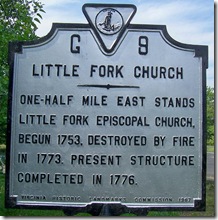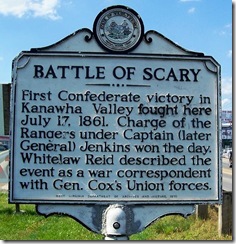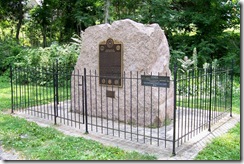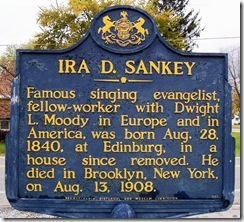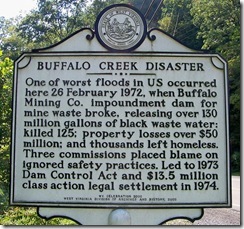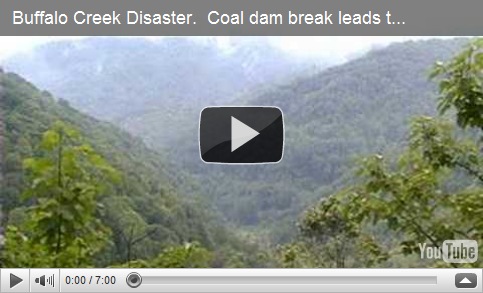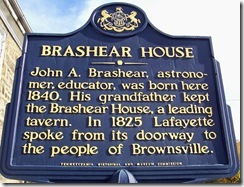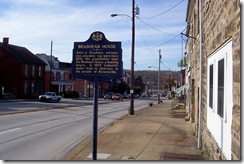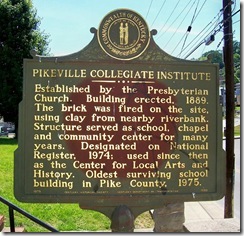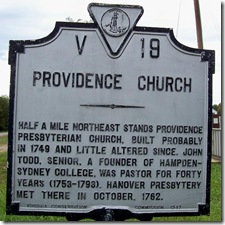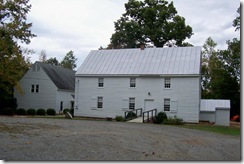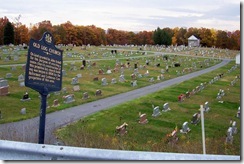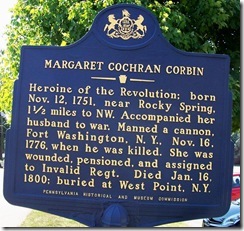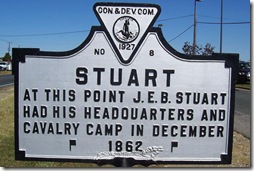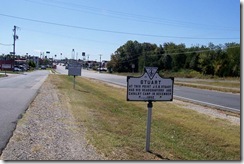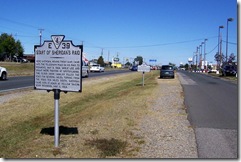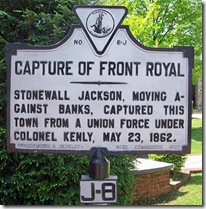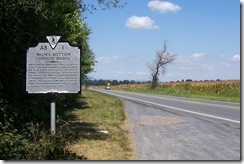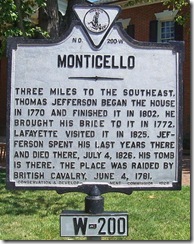Marker No. G-9
Marker Text: One-half mile east stands Little Fork Episcopal Church, begun 1753, destroyed by fire in 1773. Present structure completed in 1776.
Location: On Route 229, 6 miles south of Route 211, southwest of Warrenton, VA, same side of road near intersection with Route 726 (Little Fork Church Road) and opposite intersection with State Route 611 (Waterford Road). Erected by the Virginia Historic Landmarks Commission in 1967. The church itself is located about 0.4 miles east on Little Fork Church Road.
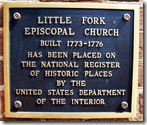 Sunday morning, so it is time for another church, an Episcopal church in Virginia. Little Fork Church is the only Colonial church in Culpeper County, VA and one of the few colonial churches to survive in northern Piedmont Virginia, however, it was never a parish church. Created in 1731 as a "chapel of ease" for the St. Mark's Parish within the Little Fork between the Rappahannock and Hazel Rivers by order of Governor Spotswood.
Sunday morning, so it is time for another church, an Episcopal church in Virginia. Little Fork Church is the only Colonial church in Culpeper County, VA and one of the few colonial churches to survive in northern Piedmont Virginia, however, it was never a parish church. Created in 1731 as a "chapel of ease" for the St. Mark's Parish within the Little Fork between the Rappahannock and Hazel Rivers by order of Governor Spotswood.
